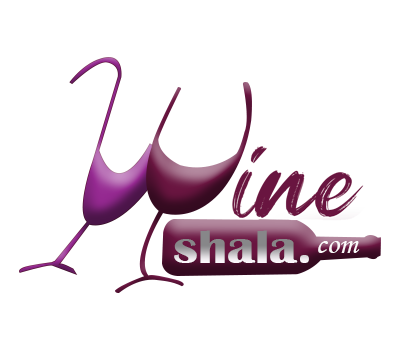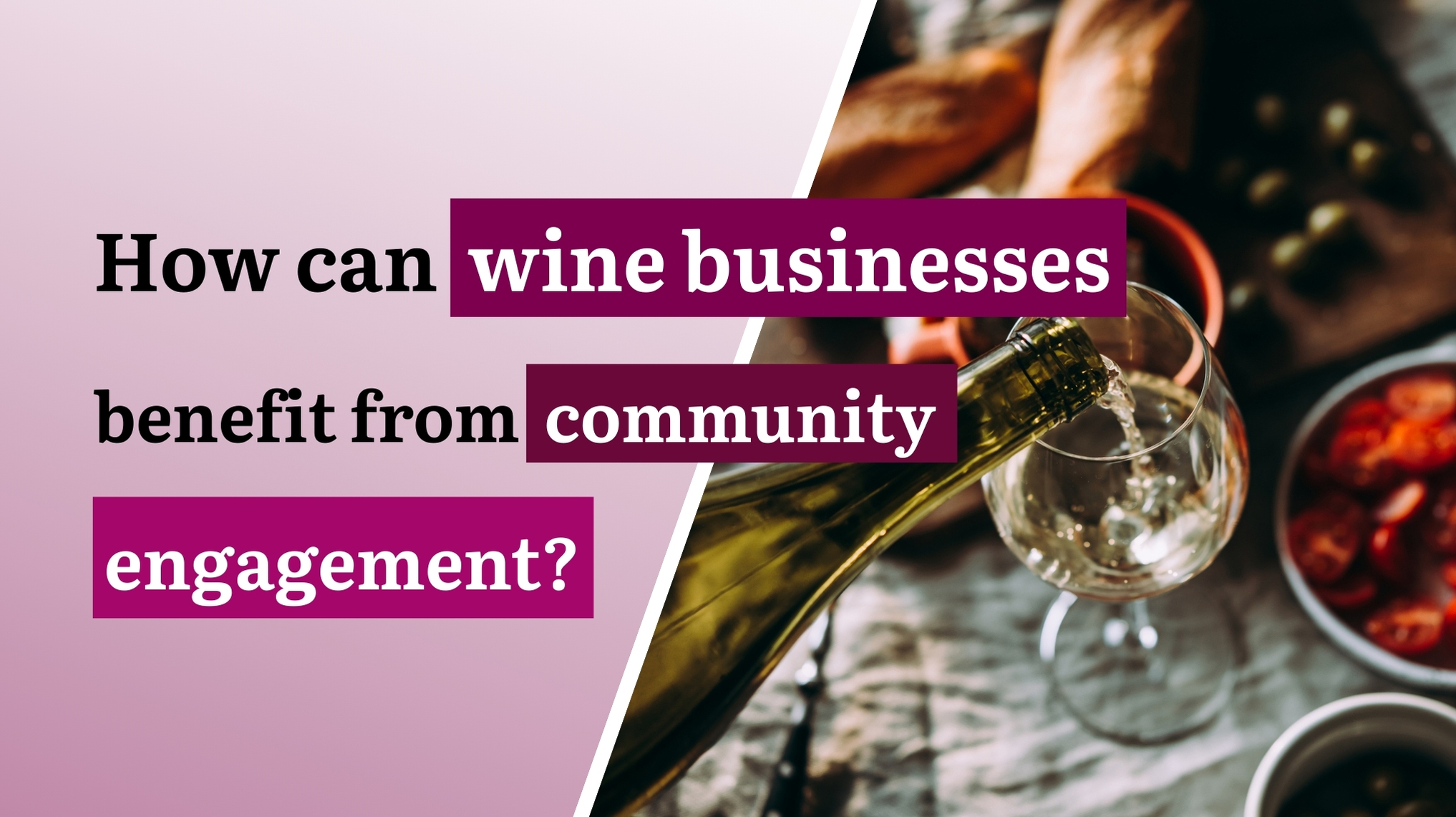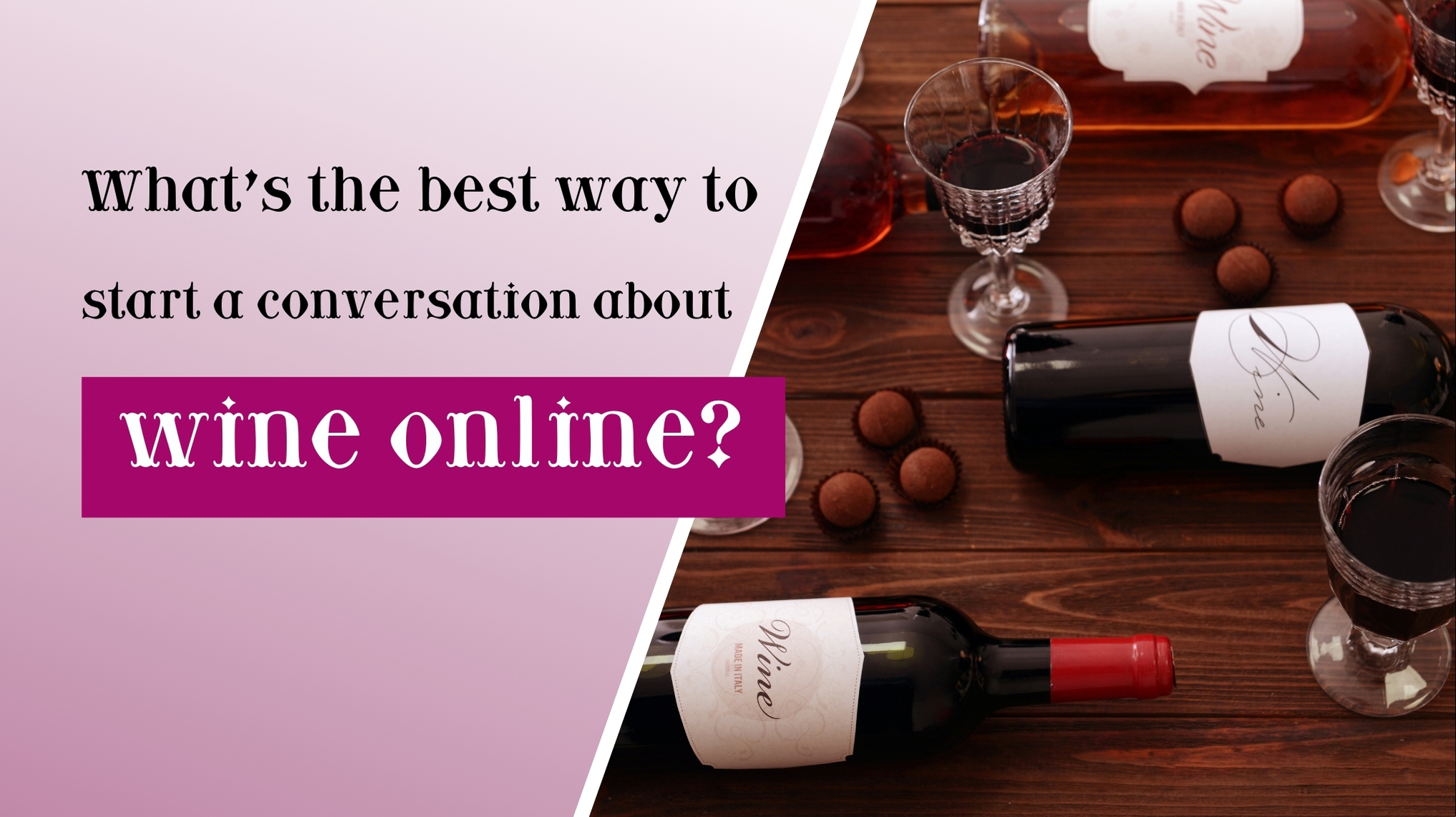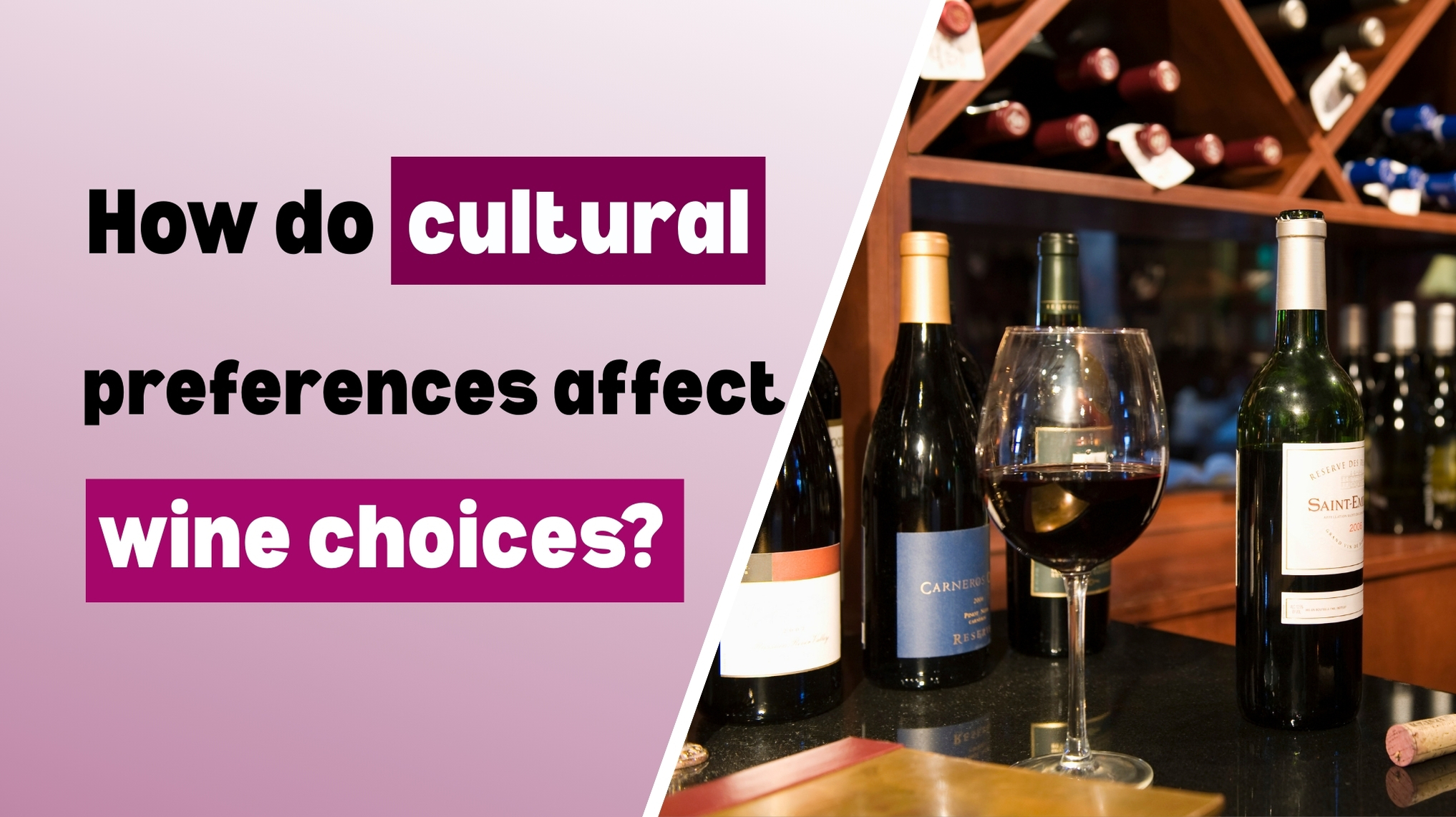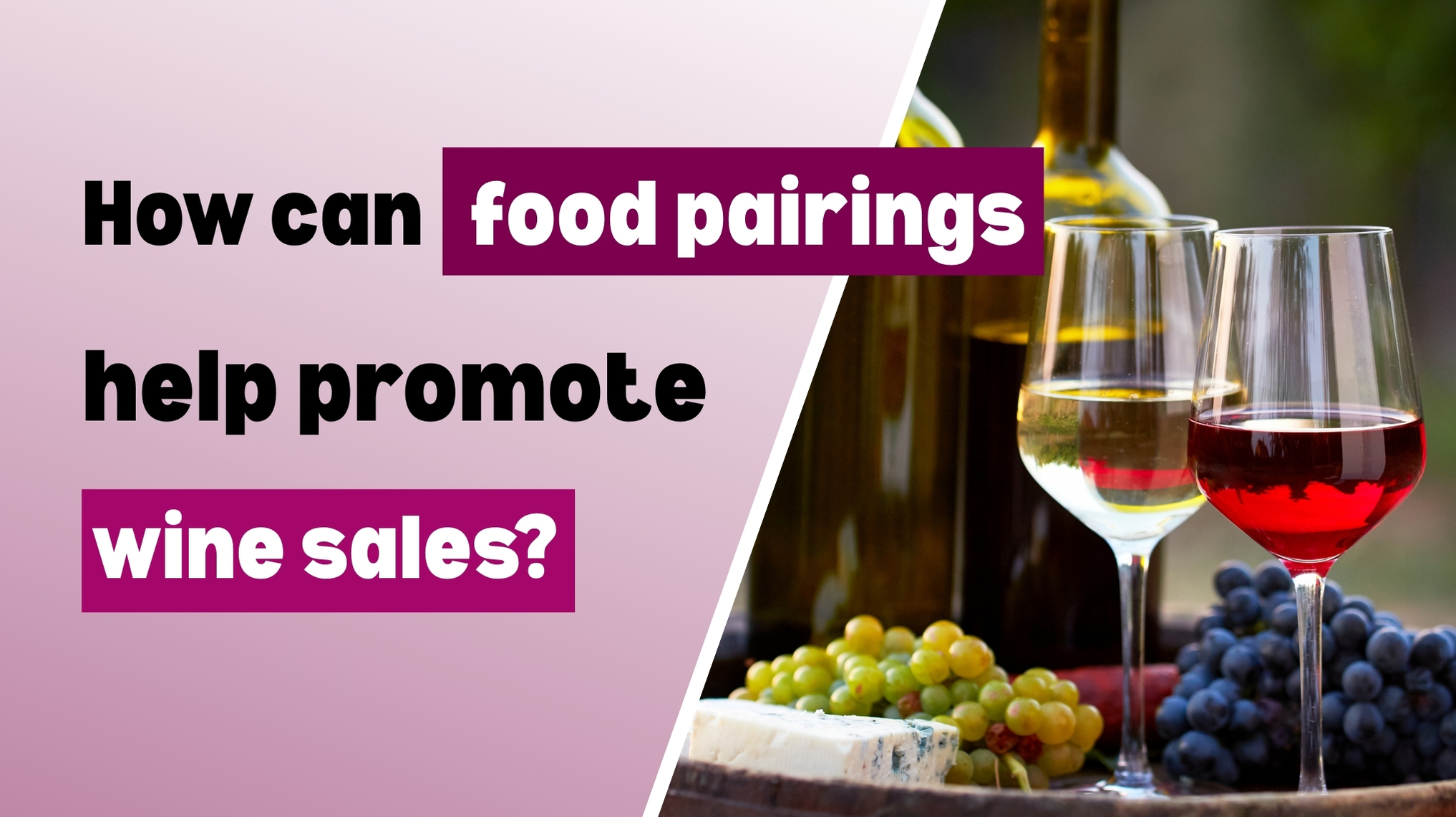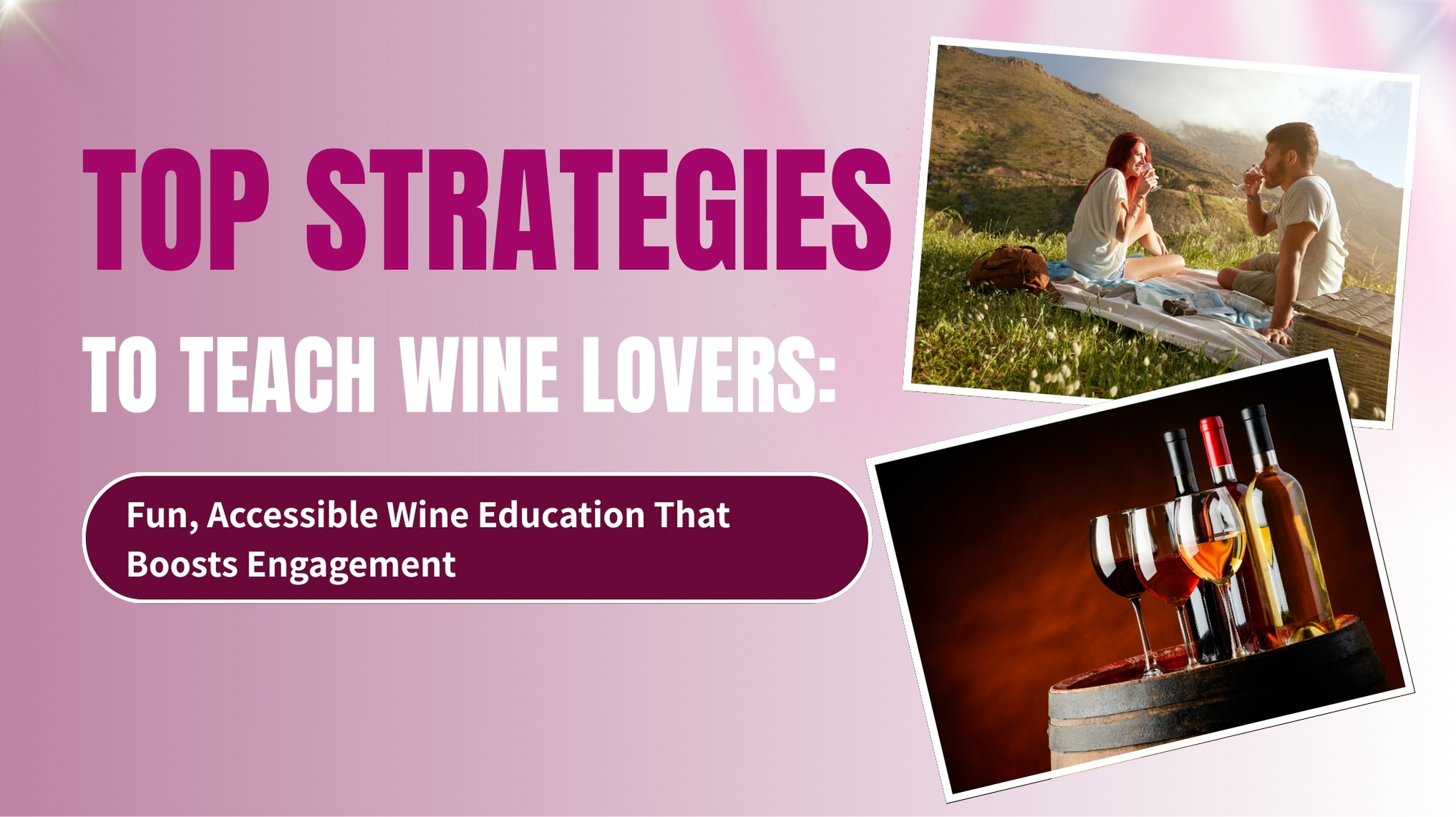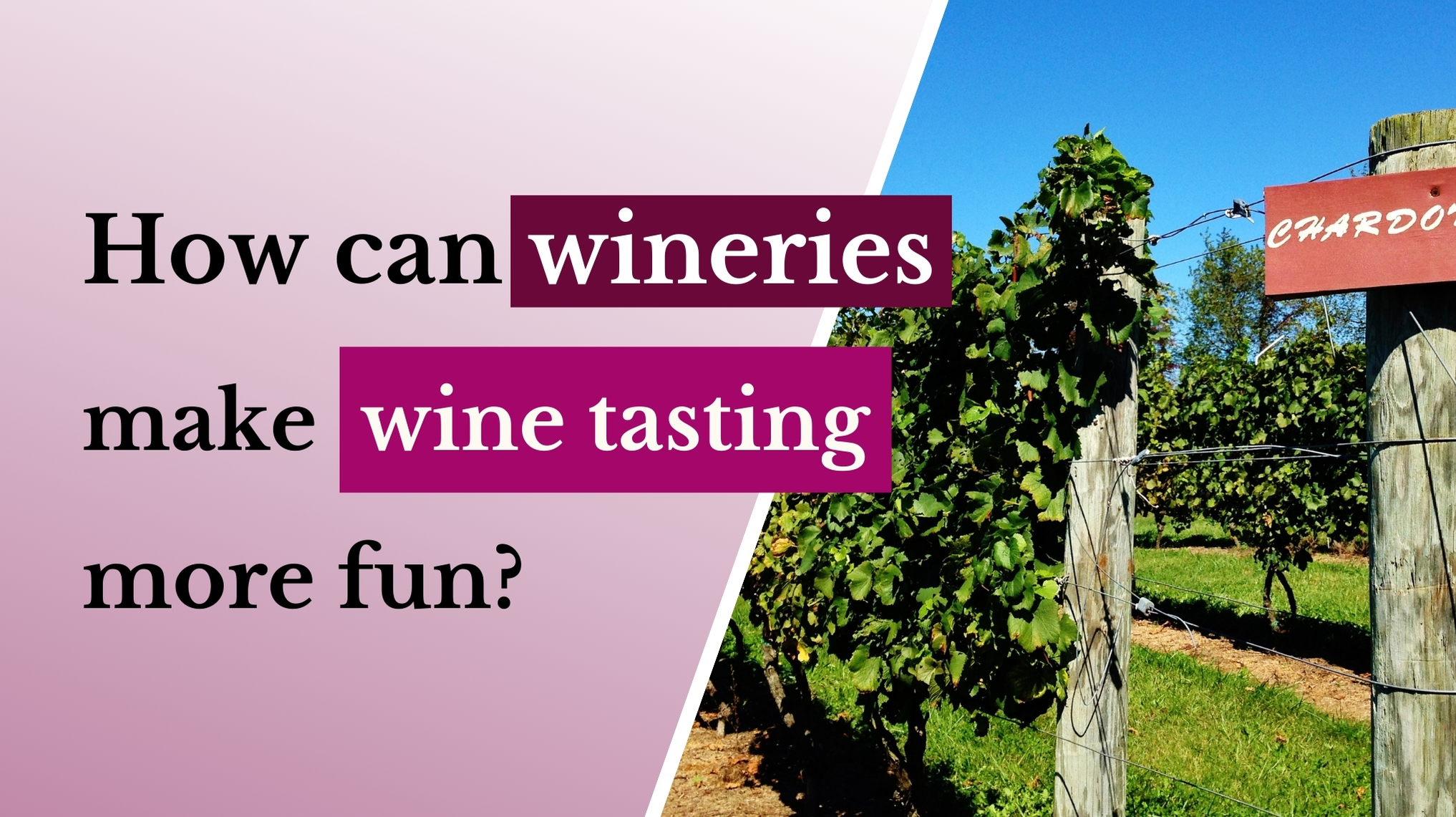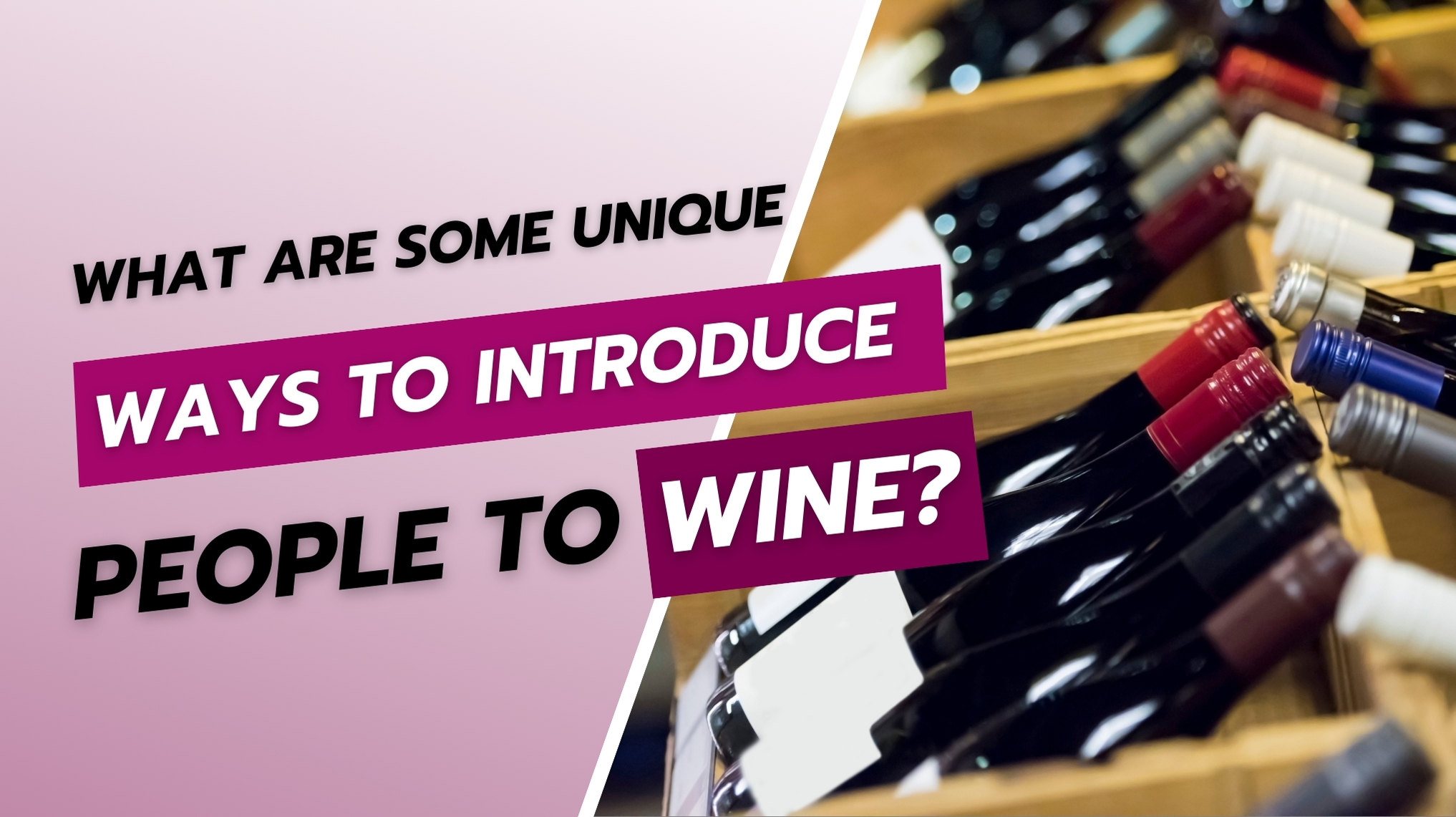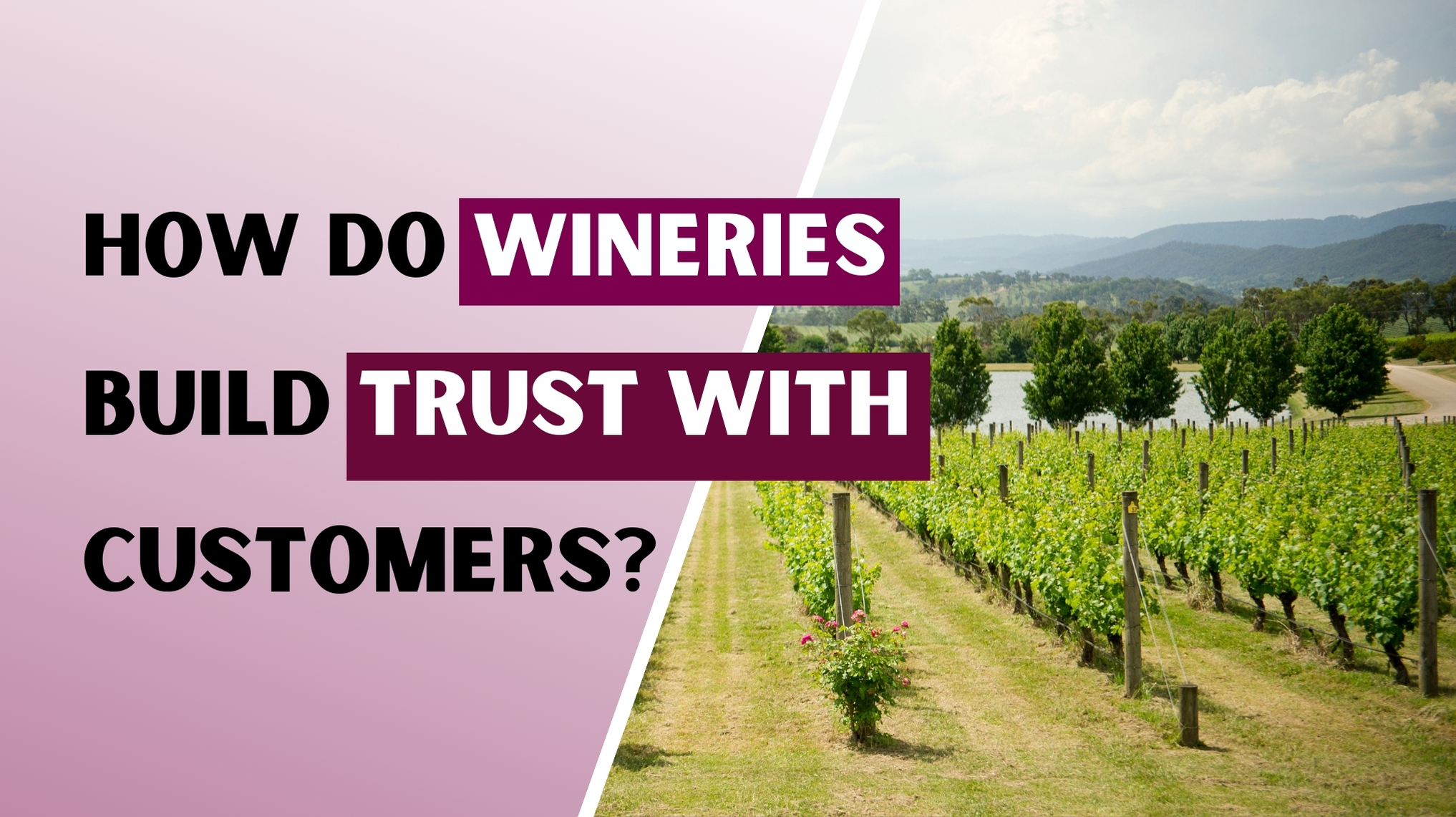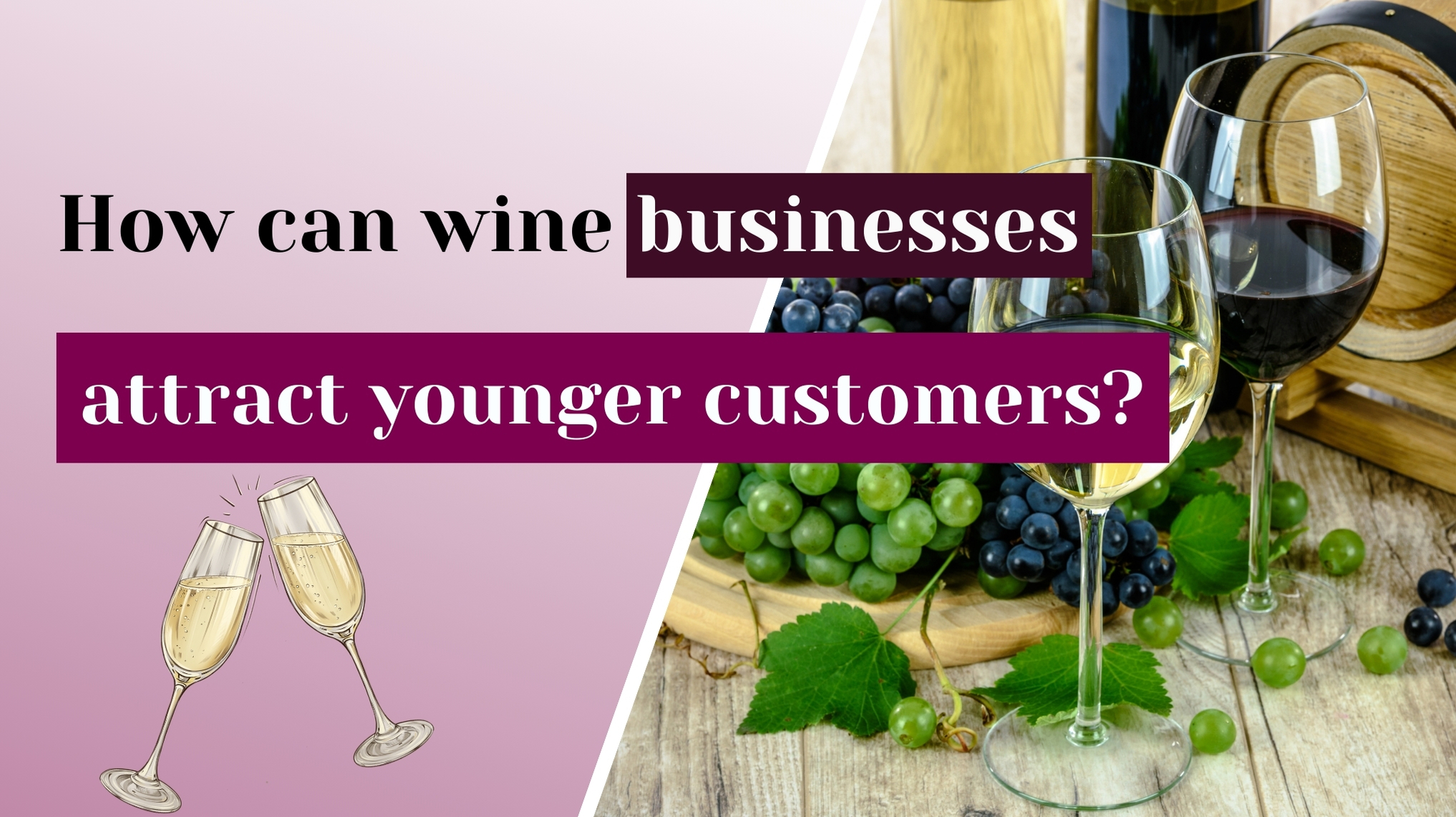Introduction to Social Media and Wine Marketing
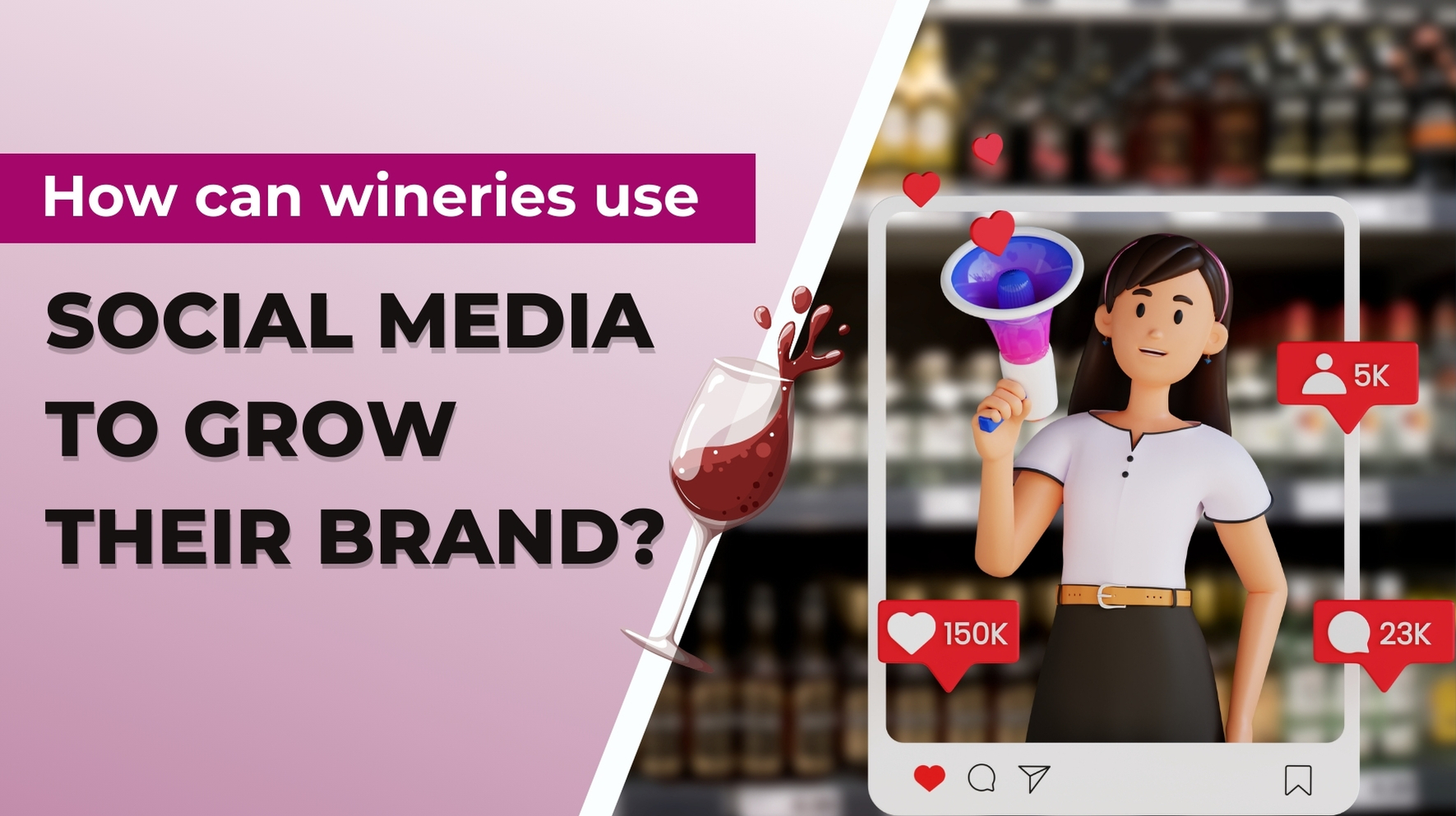
In today’s digital world, social media has become one of the most powerful tools for wineries. It’s not just about posting pictures anymore—it’s about creating a full experience for wine lovers everywhere. According to Wine Opinions, nearly 45% of wine drinkers use social media to research wines, wineries, and wine events. That’s a huge number of potential customers already online.
At the same time, online wine sales are expected to hit $45.5 billion by 2024, proving how important digital marketing is for growing sales and building community.
Benefits of Social Media for Wineries
Cost-Effective Global Reach
Social media lets wineries talk to the world without spending big bucks on traditional ads. A simple Instagram post can reach thousands, maybe even millions, for free.
Boosting Direct-to-Consumer (DTC) Sales
Small wineries now get nearly 70% of their revenue from DTC sales, thanks to digital platforms. Personalized online communication builds loyalty and keeps customers coming back.
Building Strong Customer Relationships
Platforms like Instagram and Facebook help wineries show their personality. Sharing photos of the vineyard, stories about the winemaking process, and tasting tips makes people feel connected.
Choosing the Right Social Media Platforms
Instagram – A Visual Playground for Wine Brands
Instagram is perfect for wineries. It’s visual, creative, and fun. You can post:
Beautiful vineyard photos
Behind-the-scenes winemaking videos
Reels of wine tastings
Stories that show your daily routine
Use Instagram Guides for wine education and tips.
Facebook – Community and Events Hub
With over 2 billion users, Facebook helps you stay connected with your local and global community. You can:
Host virtual events
Share blog posts or stories
Promote tasting room happenings
Use Facebook Events to invite followers to wine release parties or live tastings.
TikTok – Reaching Younger Wine Enthusiasts
TikTok is growing fast for wine brands. With short, catchy videos, wineries can:
Go viral with trending challenges
Share quick wine hacks or fun facts
Use TikTok Ads to reach Gen Z and young millennials
A good example: Wente Vineyards got thousands of new fans from a single label-design video.
Pinterest & LinkedIn – For Niche and B2B Engagement
Pinterest is great for wine and food pairings, party ideas, and wine lifestyle boards.
LinkedIn is best for connecting with distributors, talking about wine trends, and sharing sustainability efforts.
Proven Social Media Content Strategies
Community Engagement Ideas
Keep your audience involved by:
Asking poll questions in Stories
Running photo contests with wine giveaways
Hosting “Ask the Winemaker” Q&As
Storytelling and Educational Posts
People love to learn and feel part of your journey. Share:
How is your wine made
Tasting tips
Food pairing ideas
Interviews with your team
Collaborating with Influencers
Team up with wine lovers who have active followers. Micro-influencers (5K–50K followers) often have more trust from their audience than big names.
Using User-Generated Content (UGC)
Encourage customers to tag you or use your hashtag. Repost their content to show real people enjoying your wine. It builds trust and saves you time on content creation.
Hosting Virtual Tastings and Livestreams
Virtual wine tastings became popular during COVID—and they’re here to stay. Host live videos on Instagram or Facebook to:
Introduce new wines
Answer live questions
Let customers join from anywhere
Paid Ads and Targeting Techniques
Even a small ad budget goes far on social media. Use targeting to find wine lovers by:
Location
Interests (like “foodie” or “red wine lover”)
Age and lifestyle
SEO Best Practices for Winery Social Media
Want your winery to show up in searches? Try these tips:
Optimize your bio: Use keywords like “Napa Valley wine tasting” or “family-owned vineyard.”
Use hashtags wisely: Mix popular ones like #winelover with unique ones like #SmithVineyards.
Link in bio: Use tools like Linktree to guide users to your online store or events.
Case Studies: Success Stories from Real Wineries
Halleck Vineyard – DTC Sales Boost
After hiring strategist Eric Schwartzman, Halleck Vineyard started posting regularly, running social ads, and using email marketing. Result? A 35% boost in direct sales in just one year.
Jackson Family Wines – TikTok Strategy
This well-known brand uses TikTok to reach younger wine fans. With help from influencers and creative content, they’ve made TikTok part of their long-term plan.
